
Planetary Picture of the Day
Week of September 23, 2024
A stunning new Hubble view, another contact binary asteroid, a sunset on Mars, a comet from space, and a tiny shepherd moon are all featured this week.
Monday, 23 September 2024
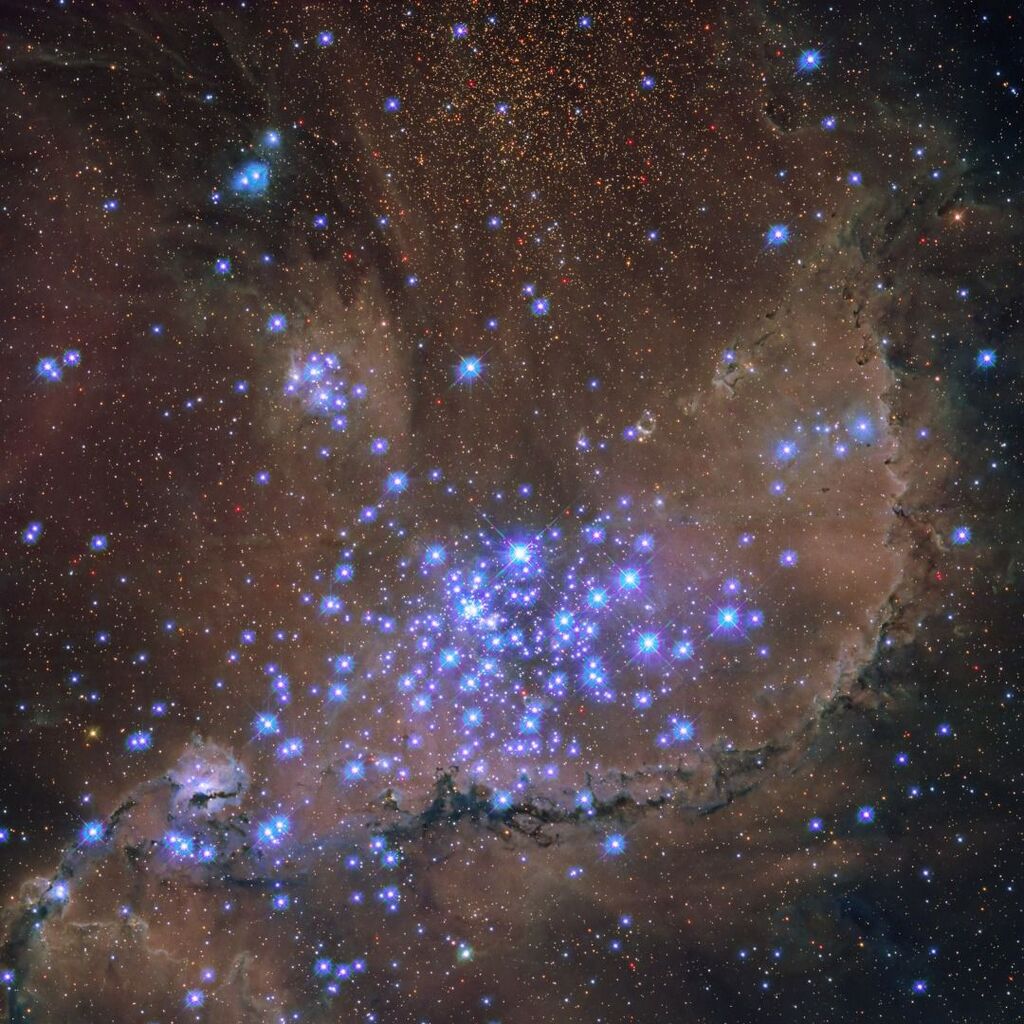
Hubble Captures Unique Ultraviolet View of a Spectacular Star Cluster
NGC 346 is a vibrant star cluster nestled within the Small Magellanic Cloud (SMC), our Milky Way's neighboring galaxy, located approximately 210,000 light years away. Discovered by Scottish astronomer James Dunlop and cataloged by J. L. E. Dreyer in 1826, NGC 346 is a dynamic nursery of young stars.
The cluster is home to a multitude of hot, massive stars that emit intense radiation and energetic outflows. These stellar winds have sculpted the surrounding nebula, N66, by eroding its dense gas and dust. Astronomers estimate that NGC 346 may house more than 50 percent of the high-mass stars in the entire SMC, highlighting its significant role in star formation within this galaxy.
Recent observations by the Hubble Space Telescope have provided a new perspective on NGC 346. Utilizing ultraviolet (UV) and visible-light observations, Hubble has unveiled the cluster's intricate details, showcasing a dazzling array of hot, blue stars. The UV light reveals the birth and evolution of these stars, offering valuable insights into star formation and its effects on the interstellar medium of the SMC—a galaxy with lower metallicity compared to our own Milky Way. This data also helps us understand the conditions of the early universe when low-metallicity galaxies were more common.
The striking image of NGC 346, released on August 26, 2024, provides a glimpse into the complex processes driving star formation and the evolution of young star clusters.
Tuesday, 24 September 2024
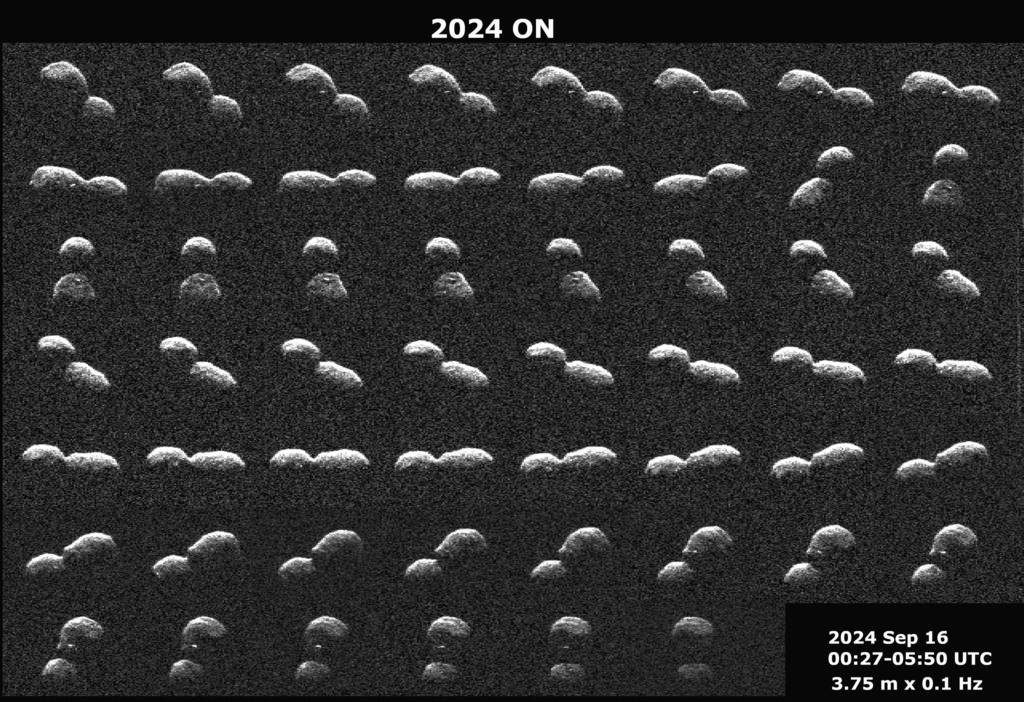
(Another) Peanut-Shaped Asteroid
This series of radar images obtained by the Deep Space Network's Goldstone Deep Space Communications Complex Solar System Radar near Barstow, California, on Sept. 16, 2024, shows the near-Earth #asteroid 2024 ON a day before its close approach with our planet. The asteroid passed Earth at a distance of 1 million kilometers – about 2.6 times the distance between the Moon and Earth.
This asteroid is classified as potentially hazardous, but it does not pose a hazard to Earth for the foreseeable future. These Goldstone measurements have allowed scientists to greatly reduce the uncertainties in the asteroid's distance from Earth and in its future motion for many decades.
Wednesday, 25 September 2024
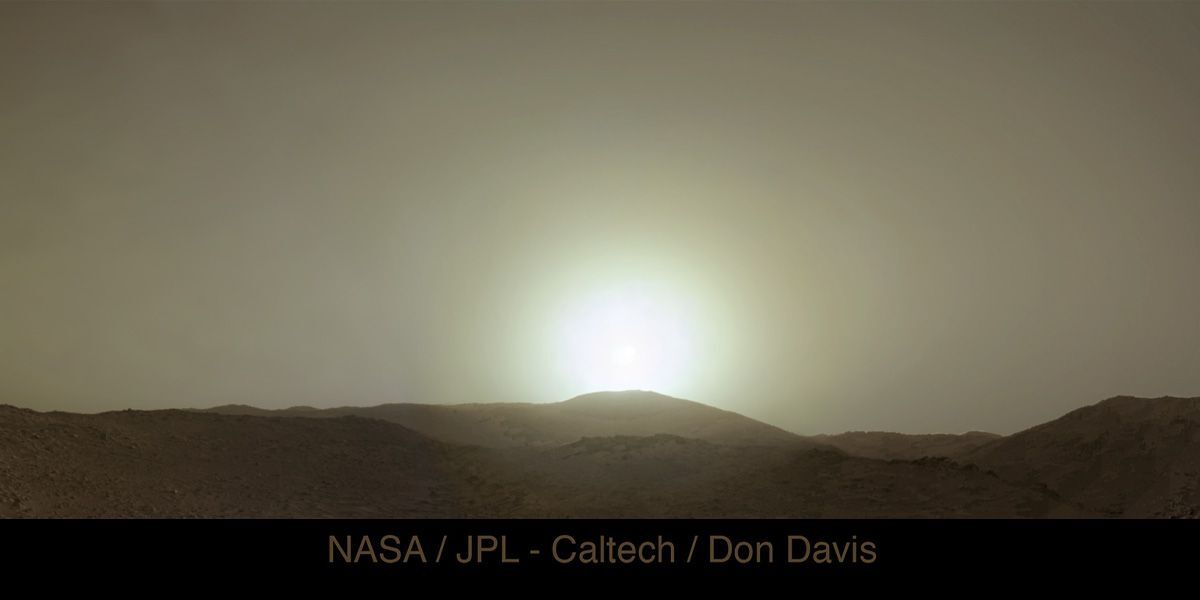
Martian Sunset
NASA's Perseverance Rover captured this sunset on the mission's 1,100th sol (March 24, 2024) on #Mars. Two frames of very different exposures have been merged, with the sky nearest the Sun hand retouched to restore brightness values cut off by overexposure.
Thursday, 26 September 2024
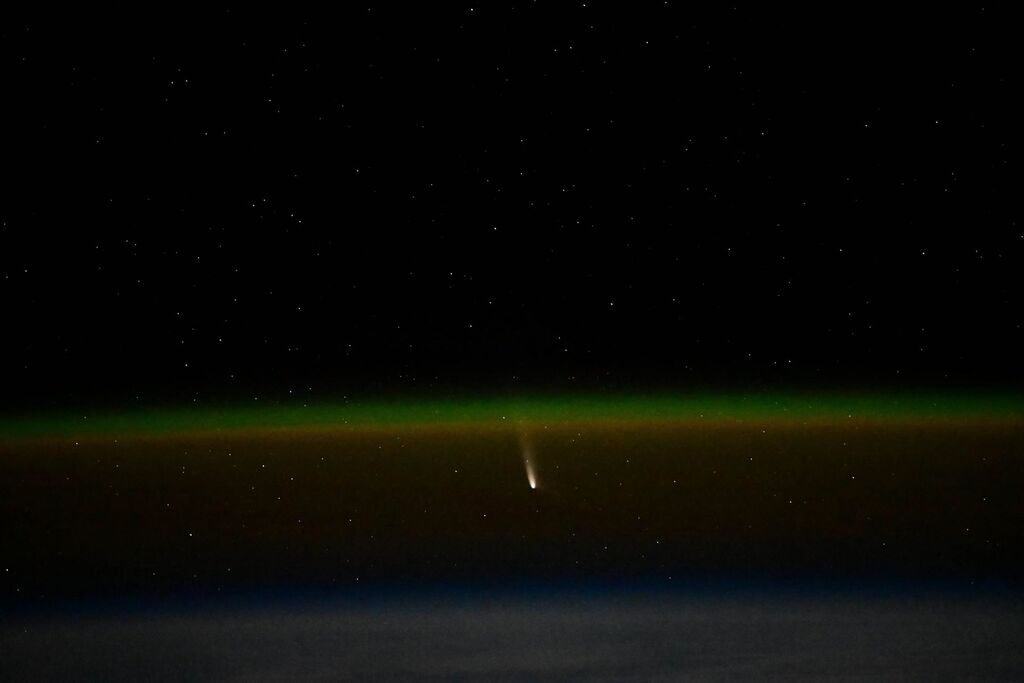
Comet A3 from ISS
Predicted to be a bright comet easily seen with the unaided eye, Comet A3 is photographed here by astronaut Don Pettit while aboard the ISS on 22 September. Right now through 3 October, the comet is visible in the east-southeast direction before sunrise. Starting 12 October, Comet A3 will be visible in the west after sunset, rising higher in the sky over time.
Friday, 27 September 2024
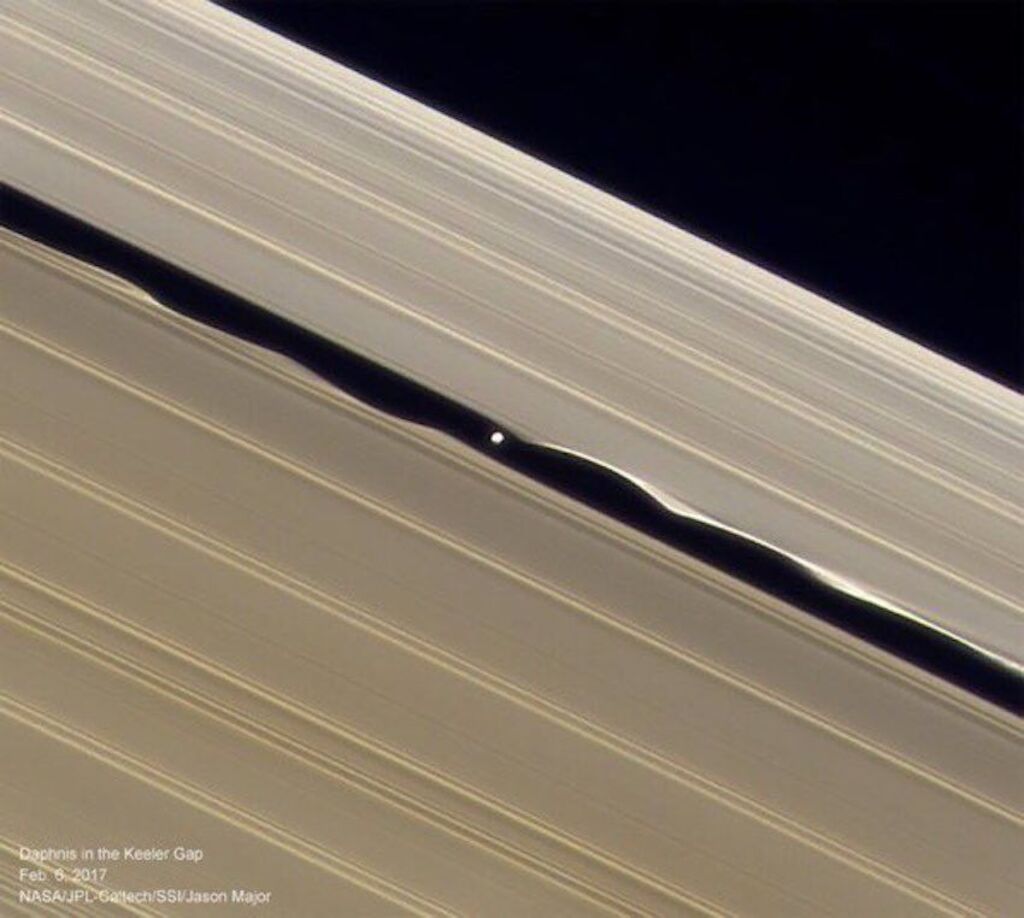
Making Waves
Saturn's tiny (8-kilometer) shepherd moon Daphnis travels inside the Keeler Gap in the A ring. The Cassini Imaging Team processed this view from pictures taken by NASA's Cassini spacecraft on February 6, 2017.





